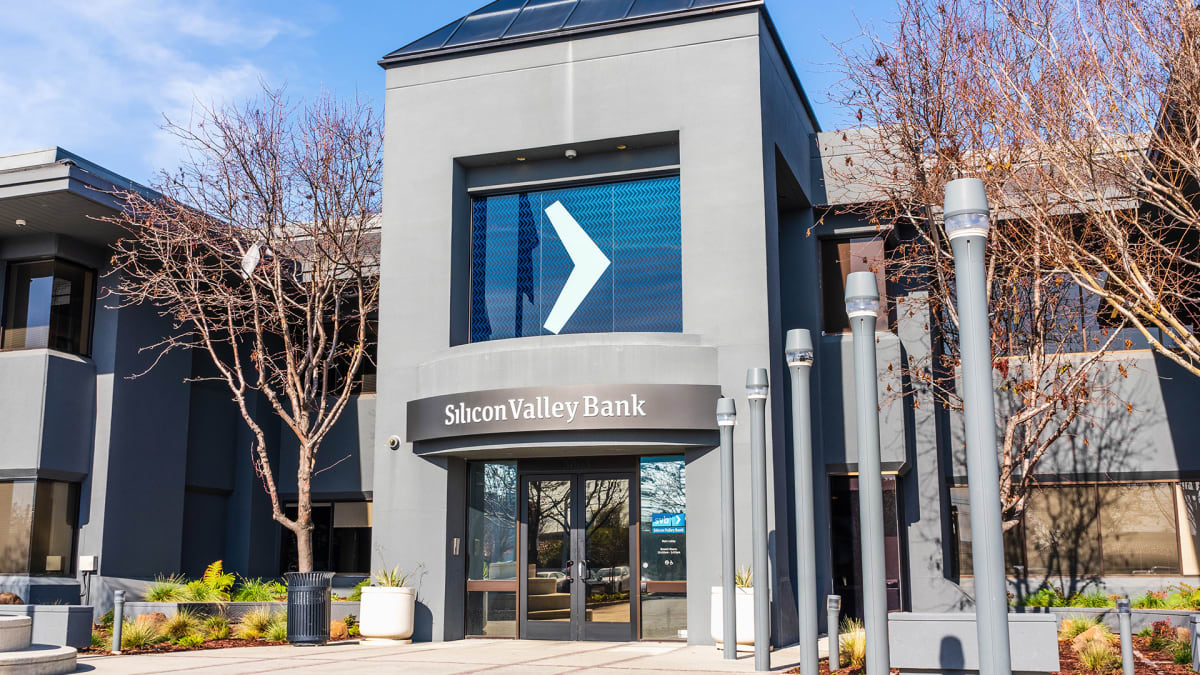
SVB, the country’s 16th largest bank, has gone belly-up, representing the second biggest bank failure in U.S. history.
DON’T MISS: Silicon Valley Bank Fails; FDIC Takes Over, Creates New Bank
This has led to some worry about the safety of the banking system as a whole. But that concern is largely overblown. The particular combination of problems faced by SVB (Silicon Valley Bank) are unlikely to be widespread.
So what are those problems? First, SVB had a very narrow customer base: young technology companies and the venture capital (VC) and private equity (PE) firms that finance them.
The fortunes of these companies soared from 2010 through 2021. That led them to deposit a major chunk of change in SVB. Its deposits peaked at $198 billion last year.
But the bank didn’t have nearly enough loan opportunities to soak up all the available deposits. Its total loans climbed only 7% from 2019-21.
Bond-Buying Binge
So it had to buy bonds with its excess deposits instead. As of Dec. 31 it held over $100 billion worth. And recall that from 2008 until last March interest rates were about zero, so SVB was earning very little income on the securities.
Meanwhile, fortunes turned markedly for young tech companies and their VC and PE backers last year. The crushing blow was the Fed pushing interest rates more than 4 percentage points higher in 2022.
That decimated young tech companies by pushing their valuations lower and their borrowing costs higher. It hurt VC and PE firms as demand for risky investments fizzled out, because safe bonds started offering attractive yields.
So both the tech companies and their VC and PE bankers started withdrawing deposits from SVB. To accommodate these withdrawals, SVB had to dump some of its bond holdings.
And with interest rates having skyrocketed, those bonds were worth much less than when SVB bought them. So the bond sales caused losses for SVB. Indeed, it recently sold $21 billion of bonds at a loss of $1.8 billion.
All these negative issues led depositors to flee the bank, causing an old-fashion run, which resulted in a government takeover of SVB.
Other Banks Safer
So why are things different for other banks?
First, most of them don’t have customers who are concentrated in one industry. Second, hopefully they have hedged their bond positions, knowing that soaring interest rates would depress their value.
Also, hopefully, most banks’ bonds have short maturities to limit the drop in their value caused by higher rates. If SVB had long-maturity bonds (I don’t know whether they did or not), that would have added to their problems.
The biggest banks are now very well capitalized after years of pressure from the Federal Reserve, so it’s highly unlikely that depositors at these banks will find a reason to flee.
There’s always a chance for a systemwide bank run, to some extent that happened in 2008, when it was institutions rather than depositors doing the running. But it’s unlikely that the problems felling SVB will spread in a major way.







